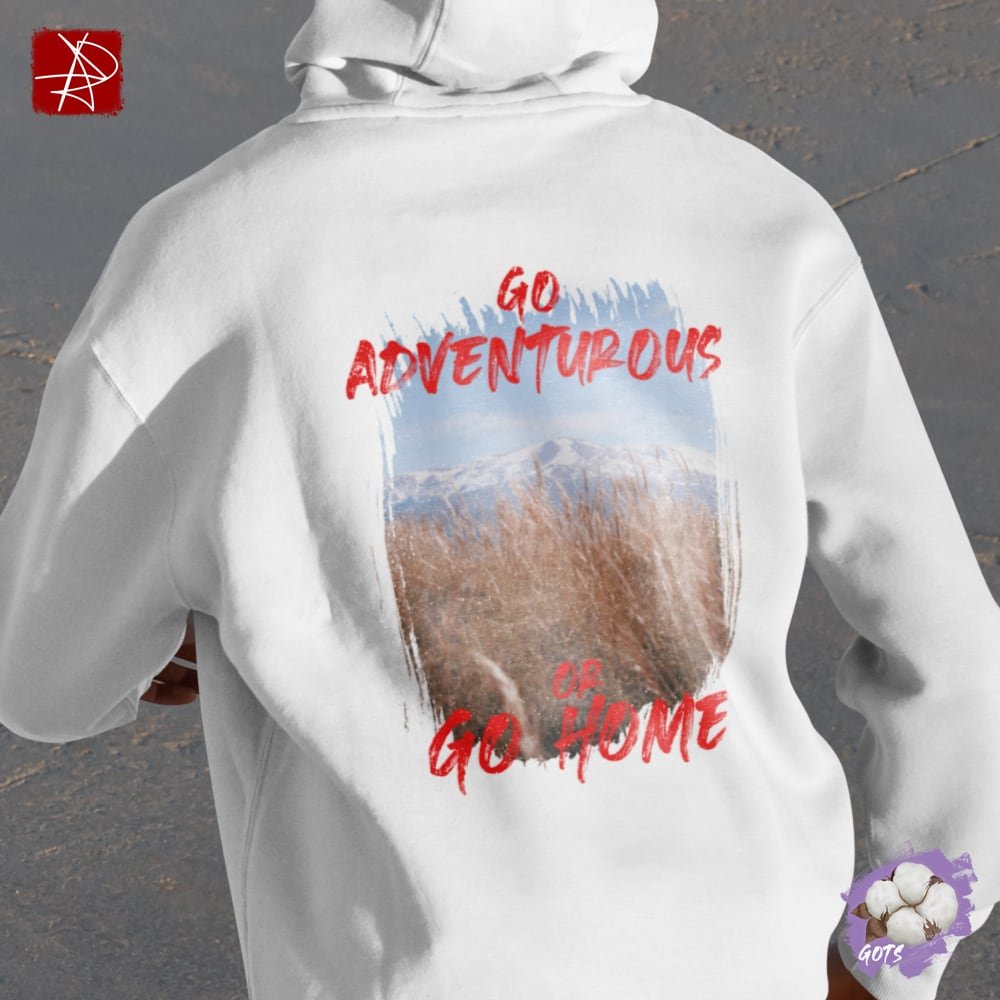Exploring the Forgotten Tin Mine and Military Camp at Rolava
As a passionate adventurer and photographer, I don’t usually seek out urban exploration or forbidden places. However, when I had the chance to visit Rolava, a former tin mine and military camp in the Ore Mountains of the Czech Republic, I couldn’t resist. This abandoned site is a unique blend of history and nature, offering a haunting yet beautiful experience for anyone who loves discovering forgotten places.
Arrival at the Tisa Walls: Nature’s Masterpiece
When visiting the Tisa Walls Czech Republic, you’re greeted by towering sandstone cliffs that dominate the landscape. These unique rock formations, covered in moss and surrounded by lush greenery, immediately capture your attention. Located within the Elbe Sandstone Mountains, the Tisa Walls are an ideal destination for adventurers, hikers, and photographers alike.
The Journey to Rolava: A Scenic Adventure
Our adventure began on a misty autumn day, driving through the dense forests of the Ore Mountains. The winding road was lined with trees draped in golden leaves, setting the perfect mood for our exploration. After about an hour’s drive, we arrived at a small parking area near Rolava. From there, it was just a short walk through a damp forest before we caught our first glimpse of the abandoned ruins.The approach itself was magical. The moss-covered trees and ferns gave us the feeling that we were stepping into another world—a world where nature had begun reclaiming what was once an industrial powerhouse.
A Glimpse into Rolava’s History
The Rolava tin mine, also known as Sauersack, has a dark history dating back to World War II. Built by the German company Zinnbergbau Sudetenland, this site was used to extract tin ore, which was crucial for the war effort. What makes Rolava even more significant is that it wasn’t just a mining facility – it also served as a forced labor camp for prisoners of war, mainly Soviet and French captives.Mining operations continued until 1945 when World War II ended, and the site was abandoned. Over time, nature took over, transforming this once-bustling industrial site into an eerie yet beautiful ruin.
Exploring the Ruins: A Photographer’s Dream
As we ventured deeper into Rolava, we were immediately struck by how photogenic it is. The decaying concrete structures are now covered in vibrant green moss and creeping vines, creating stark contrasts between man-made ruins and nature’s reclamation. Every corner we turned revealed new perspectives—massive beams draped in moss, crumbling staircases leading nowhere, and towering concrete pillars standing like ancient sentinels amidst the forest.For photographers like me, Rolava is an absolute treasure trove. Whether you’re drawn to wide-angle shots that showcase the scale of the ruins or close-ups that highlight textures like weathered stone and rusted metal, there’s no shortage of inspiration here.One of my favorite shots captured sunlight filtering through the trees onto a moss-covered beam (as seen in one of my attached photos). The interplay between light and shadow added depth to the scene, making it feel almost otherworldly.
The Atmosphere: A Haunting Reminder
hat makes Rolava truly special is its atmosphere. Unlike many abandoned places that feel desolate or eerie in an unsettling way, Rolava has an almost peaceful quality—though not without its haunting undertones. As you walk among the ruins, you can’t help but think about its dark past: prisoners who once worked here under unimaginable conditions and industrial machines that once roared where now only birdsong can be heard.Despite this somber history, there’s something undeniably calming about being here today. Nature has softened the edges of this once-brutal place, turning it into a quiet sanctuary where you can reflect on both human resilience and nature’s ability to heal over time.
Practical Tips for Visiting Rolava
If you’re planning your own visit to Rolava, here are some practical tips:
- How to Get There: Rolava is located near Jelení village in the western part of the Ore Mountains (Krušné hory). It’s about an hour’s drive from Karlovy Vary or two hours from Prague.
- Parking: There is a small parking area at a clearing near the site where you can leave your car for free.
- What to Bring: Wear sturdy shoes as you’ll be walking through uneven terrain and possibly muddy paths if it has rained recently. A camera is essential—this place offers endless photo opportunities!
- Best Time to Visit: Autumn is particularly magical due to the rich colors of falling leaves and moss-covered ruins. However, each season offers its own unique charm—winter brings snow-covered structures while spring fills the area with fresh greenery.
- Respecting History: While exploring Rolava is encouraged, remember that this is also a historical site with deep significance. Be respectful by not disturbing or damaging any part of the ruins.
Why You Should Visit
Whether you’re an urbex enthusiast or simply someone who enjoys off-the-beaten-path adventures, Rolava is well worth a visit. Its combination of historical significance and natural beauty makes it one of those rare places where you can experience both awe and reflection simultaneously. For photographers like me, it’s an absolute dream location – every shot tells a story, whether it’s about nature reclaiming man-made structures or about remembering those who once worked here under difficult circumstances.So next time you find yourself in this part of Europe – or if you’re looking for your next adventure destination – don’t hesitate! Pack your camera gear, lace up your hiking boots, and head out to explore this hidden gem in the Ore Mountains because Adventure Does Not Wait! By sharing my experience at Rolava alongside these stunning images I captured during my visit (see above), I hope to inspire fellow adventurers to seek out new experiences that blend history with natural beauty. And remember – whether you’re exploring forgotten ruins or chasing sunsets on mountaintops- Adventure truly Does Not Wait






